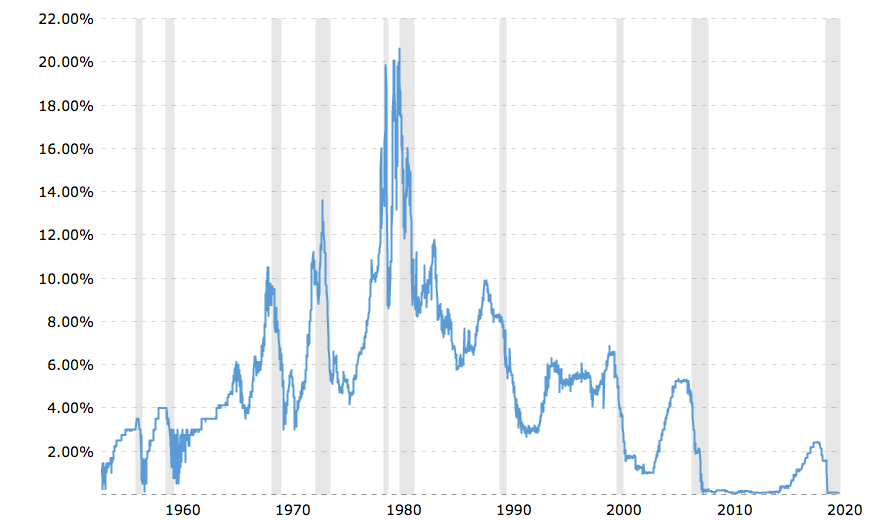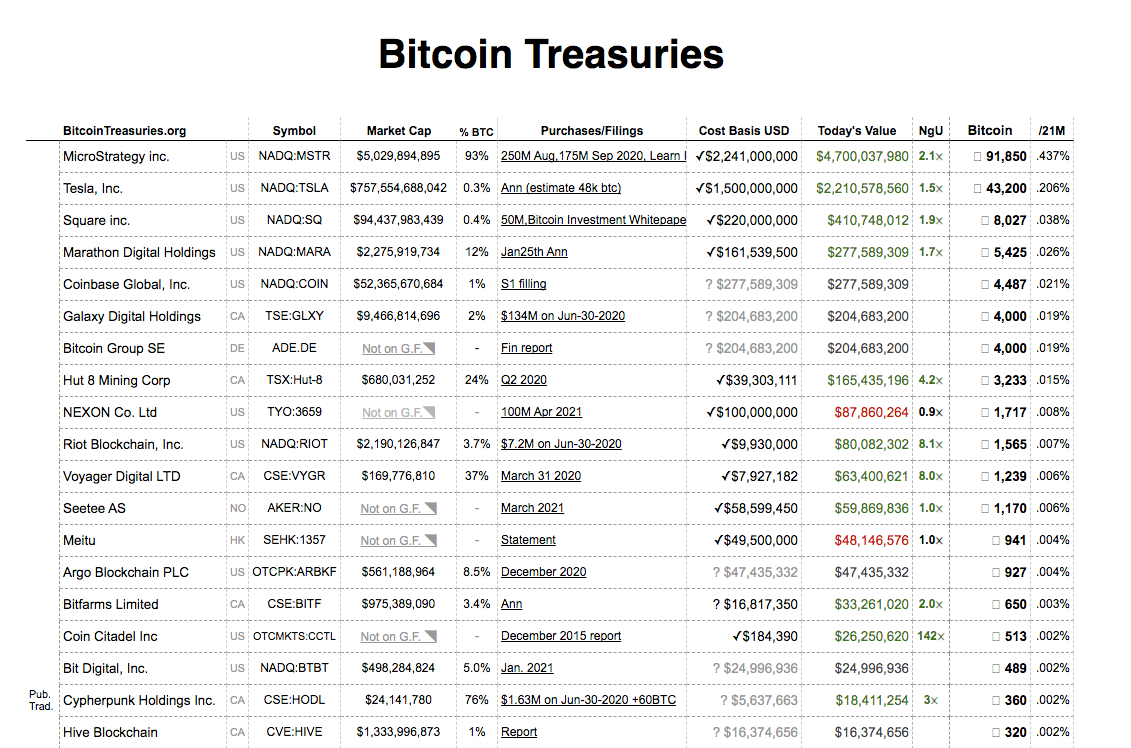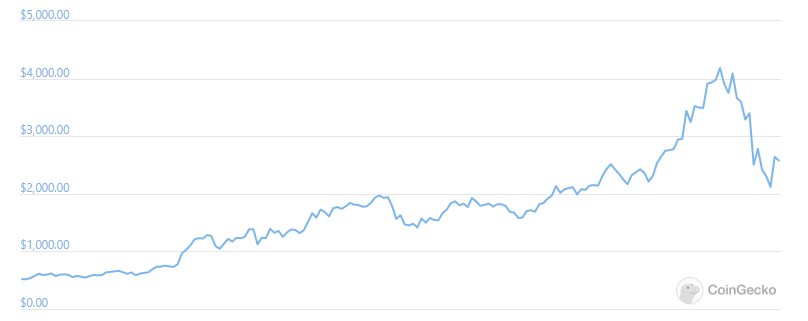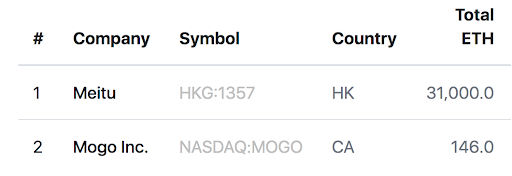The function in businesses that have the most direct involvement in helping their organizations navigate the landscape of crashing interest rates, alternative investments and financial obligations is one many of us don’t think about.
If you’re a corporate treasurer, or you’re a business interested in aspects of the treasury function, this post is for you. We’ll explain the treasury function, look at how it’s evolving, and talk about how it relates to digital assets and what we can do to help.
Let’s start at the beginning.
The Corporate Treasury: 101
Corporate treasuries are in charge of a company’s cash reserves. If revenue is vanity, profit is sanity, and cash is king, treasuries are the most undervalued departments in the modern corporation.
Treasurers manage company cash reserves to ensure liquidity, risk, funding, capital allocation and resources in line with the company’s strategic goals. They do a lot more than hold the keys to the safe.
The two levers treasurers have to use to control the liquidity of a company are balance sheet size and asset and liability liquidity. This makes sure there is sufficient cash on hand for everything from operations through to takeovers, major capital investments and purchasing, as well as deriving the maximum possible return on cash reserves.
Corporate treasurers have to oversee the execution of company-wide strategies, reporting back to C suites on the viability of buying a business or expanding into new territories. They may be tasked with finding the money if the C suite so decides, whether through asset liquidation, stock issue or from reserves.
At the same time, treasurers are responsible for making sure cash reserves generate the greatest possible returns on investments. Thus treasurers must balance returns, company goals, and liquidity.
Maximising yields and returns
A company’s cash reserves might be held in a bank, as local or reserve currencies; many companies registered outside the US hold dollar reserves because they’re internationally acceptable and might be better regarded by investors.
But while they’re held in reserve and easily accessible, those cash reserves can also be earning returns. A company can’t conventionally invest much of its cash reserve float, because the speed of withdrawal from many investment vehicles is too slow. But most companies have come to expect to earn some income from their cash in the form of interest payments from banks.
In recent years, that’s become increasingly difficult. Interest rates have plummeted across the developed world. In Hong Kong the baseline interest rate was 7% in 1997, hovered around 5% for much of the 90s and 2000s, and fell to a low of 0.5% in 2008; it’s currently around 0.8%. In the US the picture is similar:
 Source
Source
This chart shows the US Federal Funds rate, the uncollateralized overnight loan rate; it’s currently at 0.6%.
In both cases, these interest rates on cash are below inflation, which in the US is currently running at 2.6%. (You’d expect inflation to be similar to the growth rate of the wider economy, but the Coronavirus pandemic has decoupled those numbers, at least for now.)
This means companies are paying around 2% to hold cash; its value is destroyed by modest inflation faster than it can be topped up by an even-more-anaemic interest rate.
Holding large cash reserves is therefore a problem, and corporate treasurers are looking for ways to maintain liquidity without paying too much for the privilege.
Seeking yields on cash reserves
One option is that taken by Tesla: to hold cash reserves in a “currency” that does actually accumulate value, or at least does not lose it over time. Tesla selected BTC, which is commonly used as a store of value, listing as its reasons an updated investment policy targeting “certain specified alternative reserve assets” including “$1.50 billion in bitcoin under this policy”, adding that “we expect to begin accepting bitcoin as a form of payment for our products in the near future, subject to applicable laws and initially on a limited basis”.
This decision was made in January 2021; by May the same year, Tesla announced it was no longer planning to accept BTC as a form of payment, an announcement that was credited with wiping 12% off Bitcoin’s market cap.
Amid remarks from Tesla CEO Elon Musk about the environmental sustainability of BTC, and accusations of hypocrisy from other BTC participants, we should not lose sight of the fact that Tesla made this purchase with “cash that is not required to maintain adequate operating liquidity”. This was a corporate treasury decision, but it was money Tesla could afford to have locked up. But the company did “believe our bitcoin reserves are highly liquid” — and in this, they’re right. Liquidating a Bitcoin position is as rapid as withdrawing money from a bank.
Tesla wasn’t the only company to move in this direction: MicroStrategy announced its “pioneering decision to make bitcoin our primary treasury reserve asset” the previous December, investing a billion dollars in BTC.
Managing risk
Corporate treasuries are also tasked with managing risk. This can be risk related to interest rates, credit, currency, commodities, and the company’s operations. Most common focusses are:
Liquidity risk
The simplest and most urgent risk: the company running out of money. This can happen from too little revenue, excess expenditure, or inability to access funds from banks, investors and other external sources. The ability to meet credit obligations when they fall due can finish a company, so liquidity risk is an existential concern for businesses.
Credit risk
Surplus cash can be invested to earn interest — though not, as we have noted, in most fiat currencies currently. But treasurers must be cautious; unwise investments that compromise the company’s ability to meet its financial obligations can be perilous or ruinous. So treasures have to assess investments and any counterparties carefully.
Currency risks
In addition to credit risks, companies that do business outside the jurisdiction of their own governments or the purview of their native fiat currency accrue risks from these transactions. Currency fluctuations can attach costs; currency conversions can cause both costs and delays, with major banks sometimes taking two weeks to perform cross-border financial transactions. These costs can have a knock-on effect, reducing investor confidence and causing share prices to fall.
Companies can also face currency risk in the form of being out-competed by a company in another country whose currency is converting more favourably against the currency used by the buyer.
Interest rate risk
The average company has to borrow to finance operations. Sometimes that’s takeovers and buyouts; other times, it’s raw materials, machinery or premises. Borrowing at variable interest rates used to be popular, because it allows you to repay less if market interest rates fall. But those rates can rise too, and in the current climate there’s not much space for them to fall to.
Operational risk
Operational risk is internal to the company, rather than being external like the other risk factors we’ve discussed so far. Inadequate operational controls can lead to a loss of company value. This can happen as a result of deliberate bad actions, enabled by insufficient separation of powers within the treasury, or it can simply be due to errors and oversights.
Corporate treasury: benefits for startups and scaleups
Startups often manage their own treasuries along with everything else. Low reserves, rapid growth and change and small teams (many startups involve just a handful of people) mean everyone performs multiple functions, and treasury often falls to founders or CEOs.
Scale-ups, moving from startup mode into hiring and structuring like a corporation even as they (often) continue to run on VC money, have different needs and might want to hire treasurers or outsource the function (see below).
Scaleups are usually defined as companies growing by more than 20% for three years or more in a row. As they grow, these companies often begin to engage in international trade, purchase other, smaller startups, and in general start encountering the risk factors outlined above.
As this happens, they may need the services of a treasury department. However, they’re usually still figuring out how to hire and structure for success — a crucial, decisive difference. Maddy Cross notes that at Series A, founders need to make the leap from having bootstrap or seed money to spending $180,000 or more on a single hire; hiring velocity and price often dictates success, but treasury is among the last roles to be hired for, behind C suite roles in revenue, sales, marketing, operations and others.
It’s part of the wider “process scale gap” problem: essentially, startups move fast and have fluid in-company roles, while scaleups need to learn to combine rapid growth with increasing formalization of roles and departments, and a higher degree of professional specialization within the company. Many never make the switch successfully and this failure is a key reason why just 0.4% of startups successfully scale.
Because of this, they’re likely to either seek to subsume the treasury role into the CEO or CRO’s remit, or to outsource treasury functions.
Treasury management services
Companies that don’t want to hire in-house for treasury roles, or aren’t ready to build a treasury function within the company yet, can outsource the function to treasury management service providers.
These services are often provided by large banks that bundle their treasury services with investment banking or corporate banking services. They’re usually quite technologically advanced and provide other financial services too, sometimes including accounting and automated invoicing and payments services, as well as routing transactions through their own ecosystems — a service to their customers, and a benefit to themselves.
Among the banks providing such services to scaleups is JP Morgan, whose team “offers world-class solutions and insights to fuel venture-backed startups and high-growth companies in technology, disruptive commerce and life sciences”. Services include the suite of treasury functionalities we’ve already discussed, as well as tailored payments, invoicing, transaction tools and a commercial credit card.
Treasury management software
JP Morgan’s Chase Connect service, the core of its outsourced treasury offering, gives users “a fully integrated treasury and payments portal”. Similar tools are available from software companies; GTreasury, a SaaS treasury management tool, bills itself as covering most of a company’s financial bases, including APIs to internal data sources:
 Source
Source
The company lists its client base as 42% under $1 billion in revenue, 32% at $1 billion to $5 billion, and 26% over $5 billion annual revenue, so they’re serving a large and variegated market.
It’s one they’re not alone in: they’re sharing it with dozens of competitors including Kyriba and PaymentComponents.com.
What about larger corporations? They stand to gain even more from treasury management because they’re likely to have more obligations and a higher revenue-to-profit ratio than smaller, newer businesses.
Digital asset-oriented treasury services
First Digital Trust offers digital asset-oriented treasury services to businesses of all sizes, from startups through to large enterprises. We’ve been building out a suite of services that give in-house treasury departments access to digital assets markets, which can be an excellent way to preserve liquidity and gain some returns at the same time.
We’re seeing increasing interest across the market in this type of treasury involvement. In the year that multiple states move toward their own digitized currencies, finance tech guide BobsGuide says we “must look at the crypto and digital asset capabilities” of any treasury system we’re considering.
Digital assets management company Fidelity published a blog post as long ago as October 2020 advising corporate treasurers to consider BTC; it seems that idea has caught on in the wider market after only a relatively brief lag.
Bitcointreasuries.org tracks companies that use BTC for corporate treasury purposes:
 Source
Source
There’s a sharp “big head, long tail” division here. Only the top 8 entries hold more than 0.01% of the BTC supply. And many of these names are funds, or blockchain-based businesses themselves. But Square isn’t.
And BTC isn’t the only target — just as Elon Musk isn’t the only interested party. He may have turned his attention to DogeCoin, but interest in Ethereum has exploded over the last few weeks. Search traffic on Google is higher even than the 2017-18 ICO boom:
 Source
Source
And its price has risen sharply too:
 Source
Source
Corporate treasuries are increasing exposure to Ethereum too, albeit at a slower pace.

In the future, treasuries will need access to a wider variety of digital asset exposure, with enterprise-level security, professionalism and governance.
First Digital Trust works with partners of enterprise-grade multisig secure storage and MPC technology enabling trading of digital asset deposits, across chains and coins. We work with in-house corporate treasuries and provide corporate treasury services to a global clientele.
If your business needs a treasury function that goes beyond an app, or you’re a treasurer or CFO looking for secure, professionally-managed exposure to the digital assets space, get in touch.
